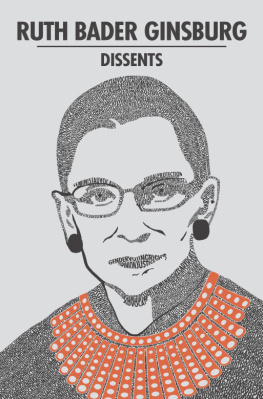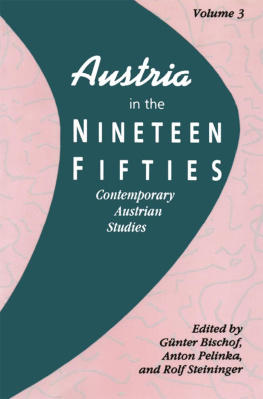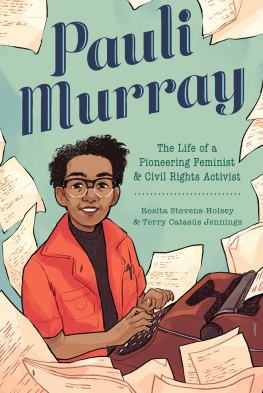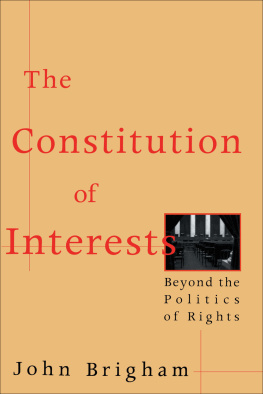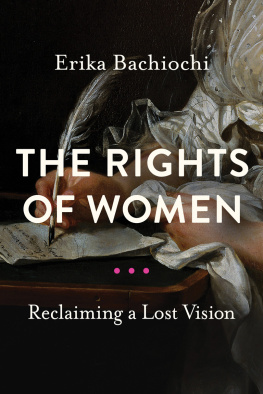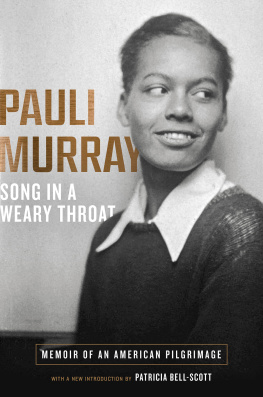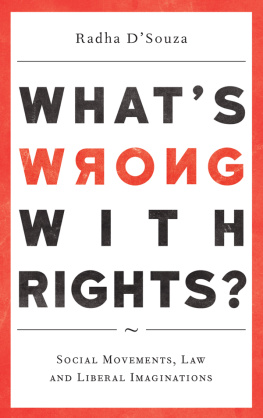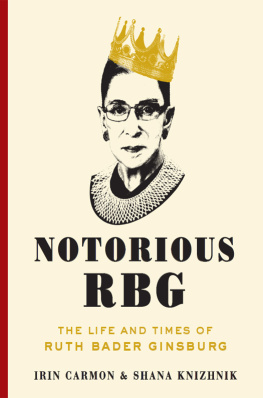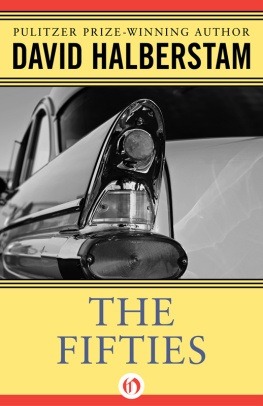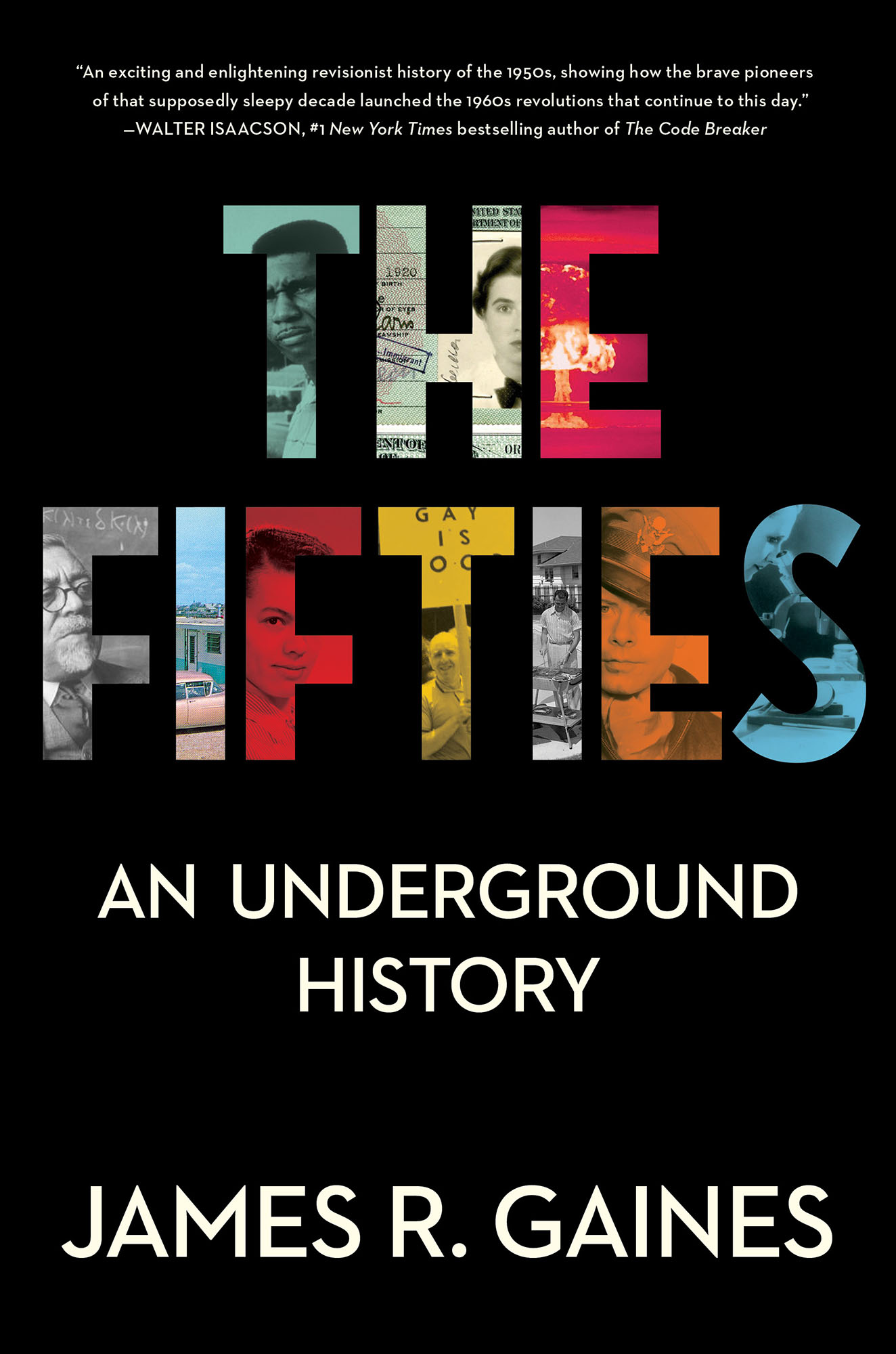Contents
Guide
An exciting and enlightening revisionist history of the 1950s, showing how the brave pioneers of that supposedly sleepy decade launched the 1960s revolutions that continue to this day.
WALTER ISAACSON, #1 New York Times bestselling author of The Code Breaker
The Fifties
An Underground History
James R. Gaines
Thank you for downloading this Simon & Schuster ebook.
Get a FREE ebook when you join our mailing list. Plus, get updates on new releases, deals, recommended reads, and more from Simon & Schuster. Click below to sign up and see terms and conditions.
CLICK HERE TO SIGN UP
Already a subscriber? Provide your email again so we can register this ebook and send you more of what you like to read. You will continue to receive exclusive offers in your inbox.
We hope you enjoyed reading this Simon & Schuster ebook.
Get a FREE ebook when you join our mailing list. Plus, get updates on new releases, deals, recommended reads, and more from Simon & Schuster. Click below to sign up and see terms and conditions.
CLICK HERE TO SIGN UP
Already a subscriber? Provide your email again so we can register this ebook and send you more of what you like to read. You will continue to receive exclusive offers in your inbox.
ALSO BY JAMES R. GAINES
For Liberty and Glory: Washington, Lafayette, and Their Revolutions
Evening in the Palace of Reason: Bach Meets Frederick the Great in the Age of Enlightenment
Wits End: Days and Nights of the Algonquin Round Table

Simon & Schuster
1230 Avenue of the Americas
New York, NY 10020
www.SimonandSchuster.com
Copyright 2022 by James R. Gaines
All rights reserved, including the right to reproduce this book or portions thereof in any form whatsoever. For information, address Simon & Schuster Subsidiary Rights Department, 1230 Avenue of the Americas, New York, NY 10020.
First Simon & Schuster hardcover edition January 2022
SIMON & SCHUSTER and colophon are registered trademarks of Simon & Schuster, Inc.
For information about special discounts for bulk purchases, please contact Simon & Schuster Special Sales at 1-866-506-1949 or .
The Simon & Schuster Speakers Bureau can bring authors to your live event. For more information or to book an event, contact the Simon & Schuster Speakers Bureau at 1-866-248-3049 or visit our website at www.simonspeakers.com.
Interior design by Kyle Kabel
Front jacket photographs (left to right, top to bottom): Medgar Evers by Michael Ochs Archives/Getty Images; Gerda Lerner courtesy of the Schlesinger Library, Harvard Radcliffe Institute; Operation Castle, Romeo courtesy of National Nuclear Security Administration/ Nevada Site Office; Professor Norbert Wiener by Alfred Eisenstaedt / The Life Picture Collection via Getty Images; Car by Found Image Holdings Inc/Getty Images; Pauli Murray by Everett Collection/ Bridgeman Images; Frank Kameny by Kay Tobin NYPL; Family in backyard by H. Armstrong Roberts/ClassicStock /Getty Images; Harry Hay courtesy of ONE Archives at the USC Libraries; Rachel Carson by Science History Images/Alamy Stock Photo
Library of Congress Cataloging-in-Publication Data
Names: Gaines, James R., author. Title: The fifties : an underground history / James R. Gaines. Other titles: 1950s, an underground history Description: New York : Simon & Schuster, [2022] | Includes bibliographical references and index. Identifiers: LCCN 2021042303 | ISBN 9781439101636 (hardcover) | ISBN 9781439109915 (ebook) Subjects: LCSH: Gay rightsHistory. | Gay liberation movementHistory. | FeminismHistory. | History20th century. Classification: LCC HQ76.5 .G35 2022 | DDC 306.0973/0904dc23/eng/20211108 LC record available at https://lccn.loc.gov/2021042303
ISBN 978-1-4391-0163-6
ISBN 978-1-4391-0991-5 (ebook)
For Miles and Hannah Pell and grandchildren yet to be born
You have to be loyal to a dream country rather than to the one to which you wake up every morning. Unless such loyalty exists, the ideal has no chance of becoming actual.
Richard Rorty, Achieving Our Country, 1998
INTRODUCTION Seeing in the Dark
O n April 16, 1945, four days after President Franklin Delano Roosevelts sudden death, Allen Ginsberg and his friend Joan Vollmer, along with millions of other Americans, turned on the radio to hear President Harry Trumans first speech to the nation. Coverage in the next days newspapers, though darkened by FDRs death, gave Truman credit for clearheaded resolve as the nation faced the last acts of World War II. Outside Washington, D.C., and Missouri, however, most people had never heard Truman speak, and his midwestern twang could not have been less like FDRs familiar, mid-Atlantic lilt. At some point during the speech, Vollmer said their new president sounded like a provincial salesman. What kind of president is that? Years later, Ginsberg remembered how surprised he was by that remark, by the idea that anyone would denigrate the president of the United States, someone he had always thought to be the noblest and best of Americans. That the future poet laureate of the Beat Generation could have this reaction is a measure of just how long ago this was, how young the 19-year-old Allen Ginsberg was, before the end of the world came in sight.
Three months later, at the White Sands Proving Ground in south-central New Mexico, the first test of the atomic bomb ignited a light with the intensity many times that of the midday sun. It lighted every peak, crevasse, and ridge of the nearby mountain range with a clarity and beauty that cannot be described. The energy of the blast melted the desert floor and left a light-green crater of radioactive glass ten feet deep and a thousand feet across.
By the time President Truman heard that the test had been successful, he was in Potsdam with Stalin and Churchill at the wars last Big Three Conference. Three weeks later, when the atomic bomb was dropped on Hiroshima, he was on the way home, aboard the USS Augusta. Three days after that, as Japans prime minister, Kantar Suzuki, was discussing the terms of surrender with his cabinet, the second bomb hit Nagasaki.
No precise reckoning of those killed by the two bombs was ever possible, but in the era of total war, the line between soldiers and civilians was erased, and numbers lost their meaning: Were 6 million Jews murdered in Germanys concentration camps, or was it 6,100,000? Did the Soviet Union lose 26.6 million people, or was it 100,000 more than that, or fewer? Estimates of fatalities from the two atomic bombs ranged between 100,000 and 200,000, but the campaign of firebombing that led up to Hiroshima killed far more people than that. The atomic bomb presented the greater threat because it was a new order of violence, a weapon of instantaneous mass murder that could come without warning and permit no escape. It was also an epic feat of physics and engineering. The wizards of Los Alamos had managed to conjure from the smallest particles of matter the greatest power ever devised, a product of human genius whose gift to humanity was a weapon of global suicide. As such, it threatened long-held verities: that human progress was inexorable, that peace would be peaceful, even that reason, humanitys great gift, could any longer be trusted.



